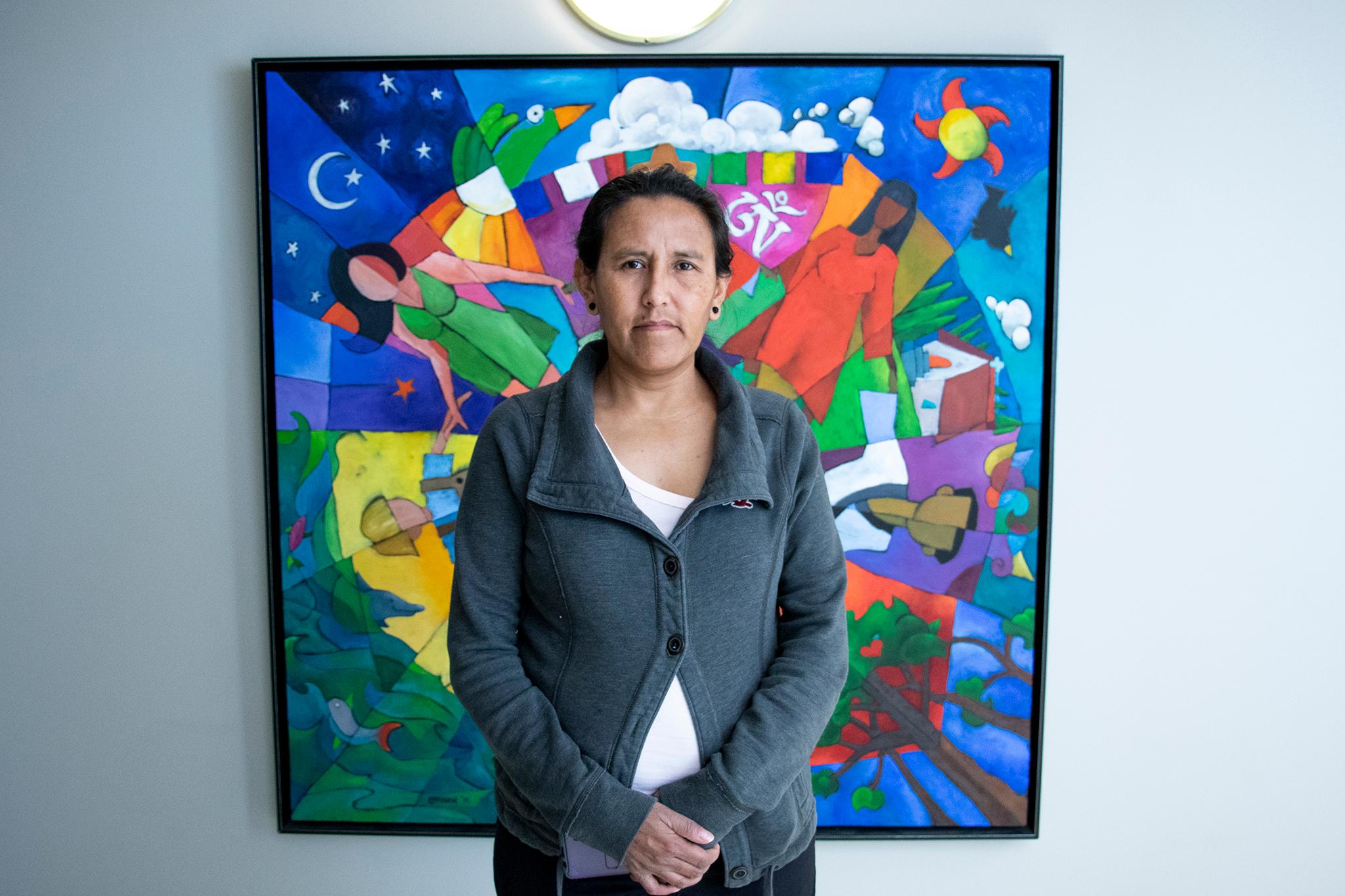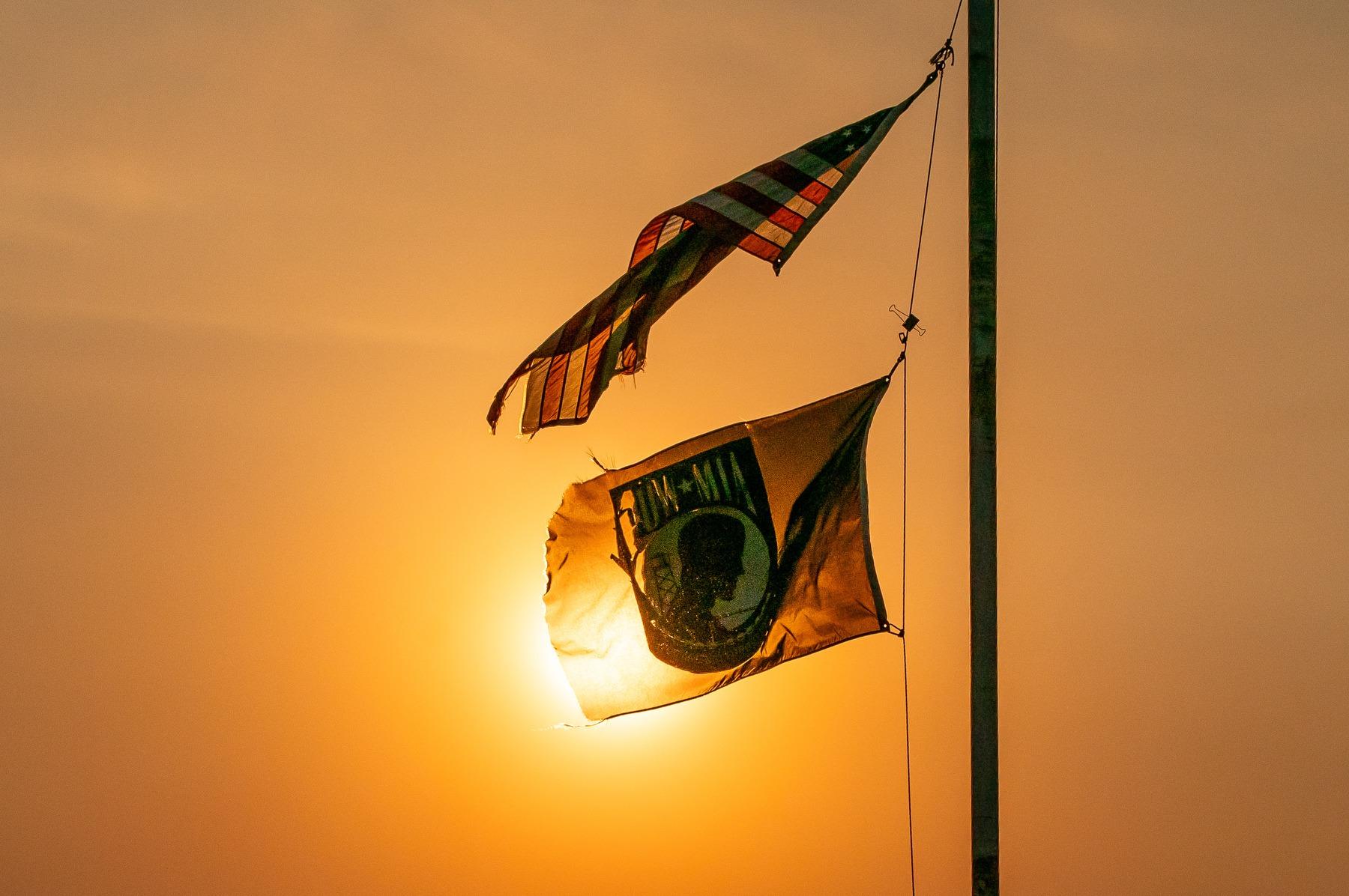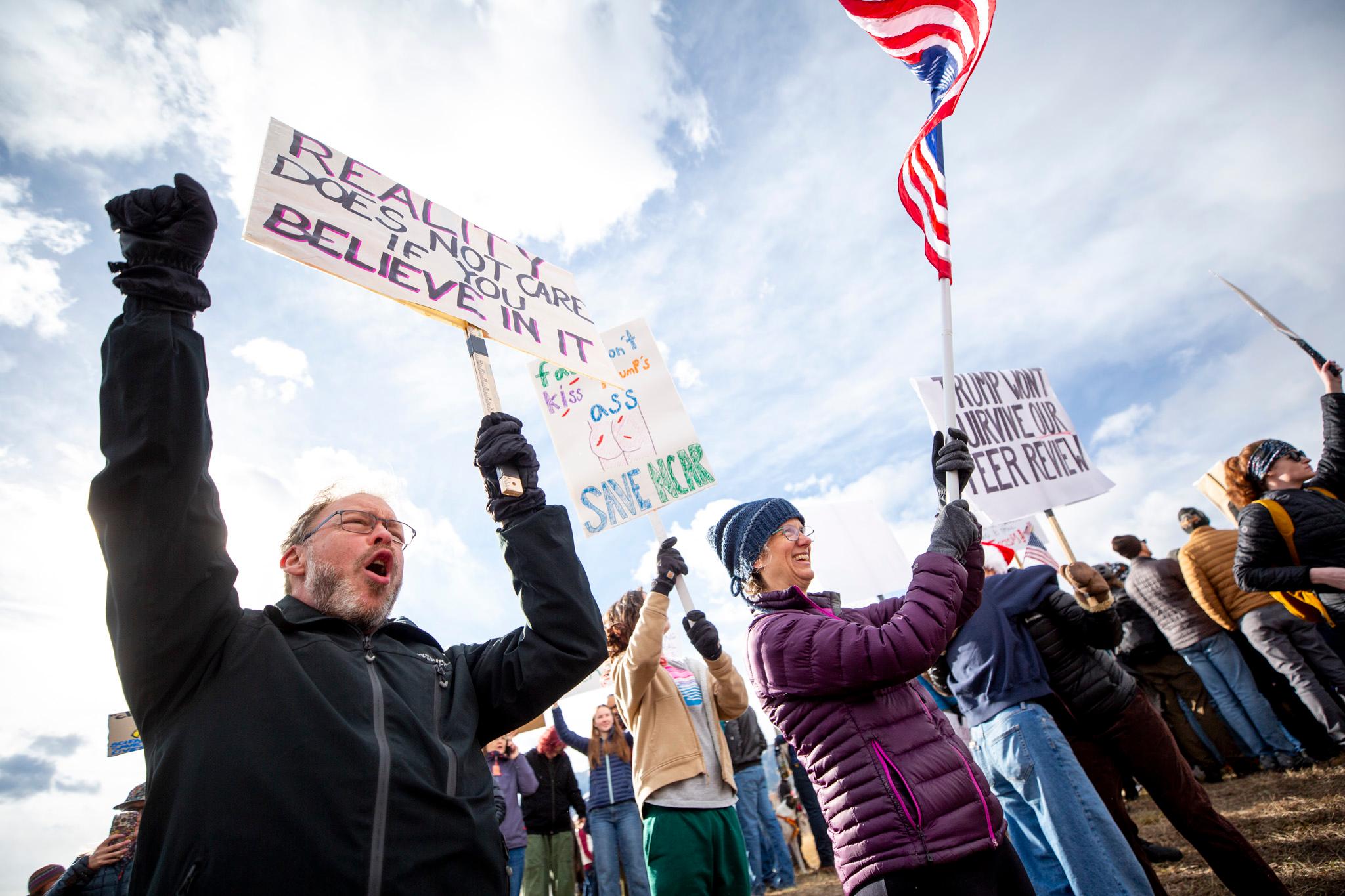
The pendulum has always swung back and forth on public policy around making marijuana legal. President Jimmy Carter, for his time in history, took a more laid-back approach to the idea. Before him, marijuana was made a schedule I drug under President Nixon. After Carter, the Reagan administration brought us "Just Say No." Author Emily Dufton tells Colorado Matters that the pendulum is still swinging. She has a new book, "Grass Roots: The Rise And Fall -- And Rise -- of Marijuana in America."
Read An Excerpt
“FORWARD, ALL SMOKERS!” AUGUST 16, 1964, was a quiet Sunday in San Francisco. The Giants were set to play the Milwaukee Braves in Candlestick Park that afternoon, while the city prepared to host the Beatles, scheduled to arrive two days later for the start of their first North American tour. Occupied by the arrival of the Fab Four, the police were taken by surprise when twenty-eight-year-old Lowell Eggemeier walked into the city’s Hall of Justice, lit up a joint, and politely asked to be arrested for smoking pot. “I am starting a campaign to legalize marijuana smoking,” he told the stunned cops who watched him take a drag. “I wish to be arrested.” At the time, it was a felony to smoke marijuana in California, and Eggemeier was quickly hauled off to jail.1 Beyond this initial act, not much is known about Eggemeier, the nation’s first grassroots marijuana activist. Reports have called him a peacenik and a hippie, but “hippie” was a loosely formed idea in 1964, one year before thousands of sandal- and bead-wearing youth would descend upon the Haight-Ashbury district and Golden Gate Park. And Eggemeier, a lifelong Californian who wore his hair short and preferred to wear T-shirts and jeans, was not a typical counterculture activist. A quiet, bearded man who enjoyed spending time with his dogs, Eggemeier didn’t realize that his time in the San Francisco Hall of Justice would launch a revolution that would last fifty more years. After serving nearly a year in prison for his act, he returned to his quiet life, abandoning any association with marijuana activism or the people who would continue to fight for his cause. But for the thousands of young people who followed in Eggemeier’s footsteps, the battle for legalization had only begun. Eggemeier’s action coincided with the rise of a national counterculture, when young people abandoned en masse the strictures and constraints of modern American life and sought to create a new, bohemian approach to living that emphasized peace, creativity, and a willingness to experiment with mind-altering drugs. The hippies who gathered in San Francisco shortly after Eggemeier’s arrest were emblematic of this shift, and when Eggemeier’s lawyer unearthed old government reports that lauded marijuana’s beneficial effects, the hippies were quick to accept his claims. For the thousands of people experimenting with the drug, knowing that the government had once recognized marijuana’s benefits—even if reports on those benefits were over fifty years old—made the contemporary antidrug laws seem like a hoax, and the rising arrest rates an attack on personal freedom. With support from the poet Allen Ginsberg, marijuana activism soon spread across the country, inspiring protests, garnering followers, and challenging authority along the way. But pro-marijuana activism didn’t stay exclusively focused on the drug for long. The battle for legalization arrived in the United States just as protests were starting in earnest against the Vietnam War, and marijuana activism was quickly subsumed into the burgeoning national antiwar movement. By 1967, when up to 35,000 young men were being drafted each month, the antiwar effort was growing at a rapid rate, with protests taking place everywhere from California to New York to Washington, DC. Given marijuana’s prominence in the counterculture, activists brought the drug to antiwar protests and rallies across the country, merging the act of smoking pot with the cause of protesting the war. Marijuana became a common sight as activists marched on the National Mall and movement leaders promised to “levitate the Pentagon” and exorcise it of its deadly ghosts. Though rallies for legalization fell to the wayside as the war demanded increased attention, marijuana hardly disappeared from these events. Instead, marijuana’s presence at antiwar rallies had surprising benefits for the legalization cause. Introduced to a far larger crowd at these rallies, the drug quickly became something—and sometimes the only thing—that diverse factions of antiwar protesters had in common. Though certainly not every antiwar activist smoked pot, those who did found common ground, both in their interest in opposing the war and the legal peril in which their marijuana use placed them. As the activist Jerry Rubin remembered, “You started to see more and more people actually high at demonstrations. Now everybody got stoned—everywhere you looked, people would be passing the joint, like a peace pipe. Besides opposition to the war, it was the single most important unifying cultural activity.”2 By 1968, marijuana was no longer simply, as Allen Ginsberg once put it, “fun.” Instead, pot had become fiercely political. The first four years of marijuana activism—from the first legalization protest in 1964 to the national antiwar rallies in 1968—were some of the most tumultuous in the history of the country, and of the drug. Transformed from a “gentle, beautiful thing,” as one pro-pot activist put it in 1964, into one of the most ubiquitous and powerful aspects of protests against the war, marijuana came to signal a shared suspicion of authority. And the activists who emerged from the Vietnam era became some of the most effective organizers of the subsequent legalization campaign, because they understood both the power of collective action and the symbolic power of the drug. Armed with the lessons they learned in the antiwar movement, they were prepared to wage what would become a fifty-year battle for legalization. Even as the American war in Vietnam drew to a close, the battle for marijuana rights had only begun. |









